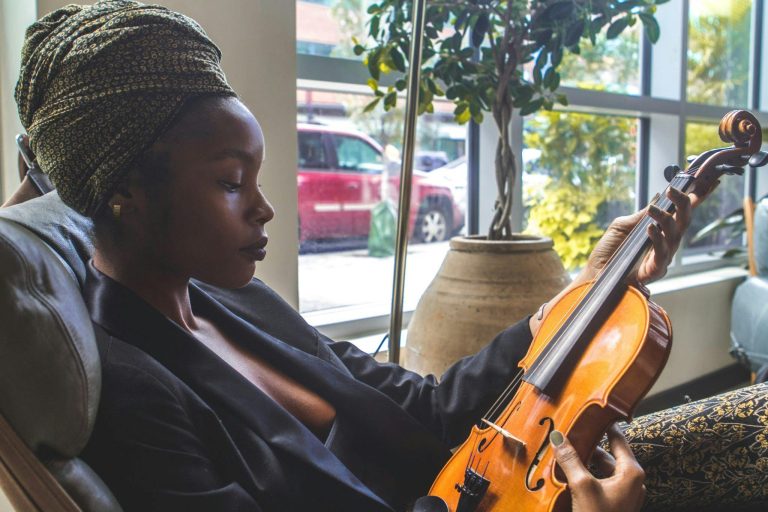Renting a viola is similar to borrowing a friend’s valuable item; you want to use it but don’t want to ruin it, right? Don’t worry if this is new to you! It’s easier than you might imagine. Here’s a guide to help you navigate viola rentals so you can focus on playing your first tune (or at least getting that first note right).
The Process of Renting a Viola
Choosing the Right Rental Provider: Finding the right rental provider is like picking a good coffee shop—you want quality, consistency, and no funny business. Check reviews, ask your teacher, or pop into a local music store. A good provider won’t just hand you an instrument; they’ll make sure it’s the right one for you.
Selecting the Viola Instrument: Not all violas are created equal, and picking the right one is key. If you’re unsure about the size or type, don’t stress—rental shops are pros at guiding you. They might even let you test a few, so you can skip the “Goldilocks” phase of finding the perfect fit.
Rental Agreement: This part might feel like signing up for a streaming service—lots of details you think you’ll skim, but you really should read. The agreement will outline how long you’re renting, what happens if you accidentally drop the viola (don’t), and any other responsibilities.
What’s Included in the Rental?
Instrument Quality: With viola rentals, you’re getting a solid, well-maintained instrument. No beat-up violas that sound like creaky doors—just good-quality ones designed to make your learning journey enjoyable.
Accessories: Most rentals include the essentials: bow, case, and rosin. Some might even toss in extras like a shoulder rest, so you don’t end up borrowing your teacher’s (again).
Maintenance and Repairs: Here’s the best part: if something goes wrong, the rental company usually takes care of it. It’s like having roadside assistance for your viola. Broken string? Loose peg? They’ve got you covered.
Care and Maintenance Responsibilities
Basic Care Tips: Your rented viola deserves TLC. Keep it clean, store it safely in its case, and don’t leave it in places violas were never meant to go (like the trunk of your car in summer).
Returning the Viola in Good Condition: When it’s time to give it back, make sure your viola doesn’t look like it went on a camping trip with you. Follow the care instructions, and you’ll avoid any awkward “this wasn’t here when we gave it to you” moments.
Flexibility and Upgrade Options
Changing Instruments: Need a bigger viola or want to upgrade? Most rental programs make swapping easy. It’s like trading in sneakers for a bigger size when your feet won’t stop growing.
Option to Buy: If you’ve fallen in love with your viola, some companies let you buy it, applying part of your rental fees toward the purchase. It’s a great option if you’re ready to commit.
Costs and Payment
Rental Fees: Expect to pay a monthly fee that varies based on the instrument’s quality. Think of it as a subscription to your musical journey, without the guilt of a long-term commitment.
Additional Costs: Some extras, like upgraded strings or bows, might not be included, so it’s a good idea to ask upfront.
Conclusion
Renting a viola is the perfect way to dip your toes into the world of string instruments without a major upfront investment. With a good rental provider, you’ll get a quality instrument, handy accessories, and peace of mind that help is just a call away. Plus, it gives you time to decide if you’re ready for a long-term relationship with the viola—or if you just want to enjoy the music while it lasts.
